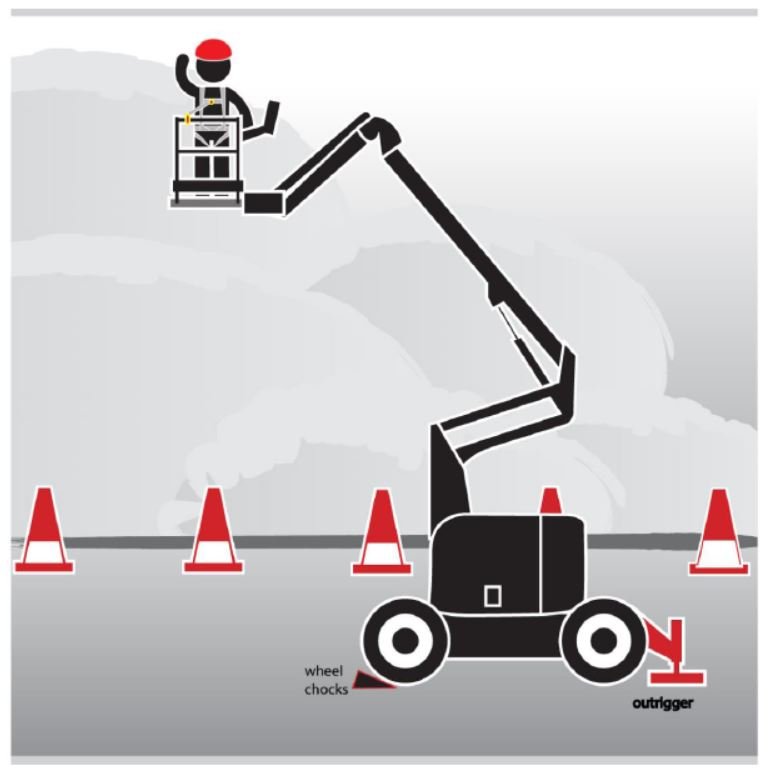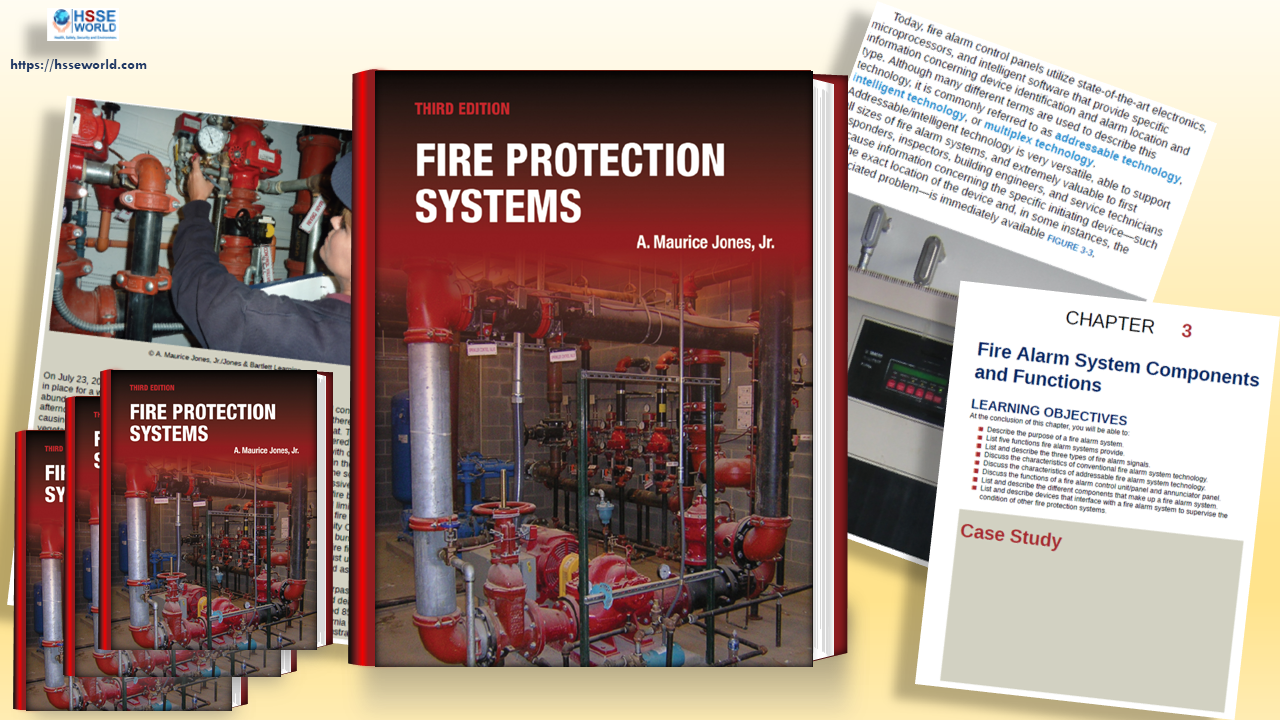CDC NIOSH Pocket guide to chemical hazards (NPG) by the Centers for Disease Control and Prevention National Institute for Occupational Safety and Health. The pocket guide presents information taken from the NIOSH/OSHA Occupational Health Guidelines for Chemical Hazards, from National Institute for Occupational Safety and Health (NIOSH) criteria documents and Current Intelligence Bulletins, and from recognized references in the fields of industrial hygiene, occupational medicine, toxicology, and analytical chemistry. The information is presented in tabular form to provide a quick, convenient source of information on general industrial hygiene practices.
The NIOSH Pocket Guide to Chemical Hazards provides a concise source of general industrial hygiene information for workers, employers, and occupational health professionals. The Pocket Guide presents key information and data in abbreviated tabular form for 677 chemicals or substance groupings commonly found in the work environment (e.g., manganese compounds, tellurium compounds, inorganic tin compounds, etc.). The industrial hygiene information found in the Pocket Guide assists users to recognize and control occupational chemical hazards. The chemicals or substances contained in this
revision includes all substances for which the National Institute for Occupational Safety and Health (NIOSH) has recommended exposure limits (RELs) and those with permissible exposure limits (PELs) as found in the Occupational Safety and Health Administration (OSHA) Occupational Safety and Health Standards (29 CFR 1910.1000 – 1052).

Background
In 1974, NIOSH (which is responsible for recommending health and safety standards) joined OSHA (whose jurisdictions include promulgation and enforcement activities) in developing a series of occupational health standards for substances with existing PELs. This joint effort was labeled the Standards Completion Program and involved the cooperative efforts of several contractors and personnel from various divisions within
NIOSH and OSHA. The Standards Completion Program developed 380 substance-specific draft standards with supporting documentation that contained technical information and recommendations needed for the promulgation of new occupational health regulations. Pocket Guide was developed to make the technical information in those draft standards more conveniently available to workers, employers, and occupational health professionals. The Pocket Guide is updated periodically to reflect new data regarding the toxicity of various substances and any changes in exposure standards or recommendations.

Contents
The Contents of NIOSH Pocket guide to chemical hazards
Preface ………………………………………………………………………….iv
Acknowledgments …………………………………………………………vi
Introduction ……………………………………………………….vii
NIOSH Recommendations …………………………………………………vii
How to Use This Pocket Guide …………………………………………………………………………viii
Table 1 – NIOSH Manual of Analytical Methods …………………………………………….. xvii
Table 2 – Personal Protection and Sanitation Codes ……………………………………………. xviii
Table 3 – Symbols, Code Components, and Codes Used for Respirator Selection.
xx
Table 4 – Selection of N-, R-, or P-Series Particulate Respirators …………………………. xxv
Table 5 – Abbreviations for Exposure Routes, Symptoms, and Target Organs ……….. xxvi
Table 6 – Codes for First Aid Data ……………………………………………………………………. xxviii
Chemical Listing ……………………………………………………….. 1
Appendices ………………………………………………………………………………341
Appendix A – NIOSH Potential Occupational Carcinogens …………………………………. 342
Appendix B – Thirteen OSHA-Regulated Carcinogens ……………………………………….. 344
Appendix C – Supplementary Exposure Limits ………………………………………………….. 345
Appendix D – Substances with No Established RELs …………………………………………. 350
Appendix E – OSHA Respirator Requirements for Selected Chemicals ……………… 351
Appendix F – Miscellaneous Notes …………………………………………………………………… 361
Appendix G – Vacated 1989 OSHA PELs …………………………………………………………. 362
Indices …………………………………………………………………………………………………… 373
CAS Number Index ………………………………………………………………………………………… 374
DOT ID Number Index ……………………………………………………………………………………. 379
Chemical, Synonym, and Trade Name Index …………………………………………………….. 383
Download the book
More Downloads
- E-Books: Healthcare Hazard Control & Safety Management
- E-Books: Safety, Health and Working Conditions Training Manual
- E-Books: Energy Efficiency in Water and Wastewater Facilities
- E-Books: Fire Service Features of Buildings and Fire Protection Systems
- E-Books: Evaluation of Fire Safety free download
- E-Books: PPE for Chemical, Biological, and Radiological Hazards free
- E-Books: Changing the Workplace Safety Culture free download
- E-Books: Site Emergency Planning Workbook
- E-Books: Load Restraint Guide
- E-Books: Essential Practices for Creating, Strengthening, and Sustaining Process Safety Culture
- E-Books: System Safety Engineering and Risk Assessment
- E-Books: Permit-Required Confined Spaces
- E-Books: Is it Safe to Enter Confined Space?
- E-Books: 5-Minute Workplace Safety Talks
- E-Books: Safety Culture and High-Risk Environments
- E-Books: Practical Guide to Industrial Safety
- E-Books: Slip, Trip, and Fall Prevention for Healthcare Workers
- E-Books: Health and Safety at Work Key Terms
- E-Books: Fundamentals of Process Safety Engineering
- E-Books: Gas Detection Hand Book
- E-Books: Occupational health and safety management systems ANSI-AIHA-z10-2012
- E-Books: Hot Work on Drums and Tanks
- E-Books: Human Fatigue Risk Management
- E-Books: Guidelines for the provision of facilities and general safety in the construction industry
- E-Books: Handbook of Training in Mine Rescue and Recovery Operations ( 2021)
- E-Books: Code of Practice for the Safe Use of Lifting Equipment – Edition 9 (Nov 2019)
- E-Books: Free Forklift Health and Safety Best Practices Guideline
- E-Books: Handbook of Hazardous Chemical Properties
- E-Books: Human Performance Improvement through Human Error Prevention
- E-Books: Principles Of Fire Risk Assessment In Buildings
- E-Books: Investigation of Occupational Accidents and Diseases
- E-Books: Radiation Protection and Safety in Industrial Radiography
- E-Books: Basic Guide to System Safety, Third Edition
- E-Books: Food Safety Management-A Practical Guide for the Food Industry
- E-Books: Safety identification: Escape and evacuation plan signs- ISO 23601
- E-Books: Safety at Work
- E-Books: The Safety-Critical Systems Handbook 4th edition
- E-Books: Fundamental principles of occupational health and safety
- E-Books: Fire Safety Risk assessment Guide – Sleeping Accommodation
- E-Books: Mental health at work series
- E-Books: Live Fire Training: Principles and Practice
- E-Books: Pre-Startup Safety Review Guide
- E-Books: Fire and Emergency Drill Manual and Building Inspection Guide
- E-Books: Health and Safety: Risk Management 5th edition
- E-Books: Fire Protection systems -Third edition 2021
- E-Books: Fire Safety Logbook templates
- E-Books: From Accidents to Zero
- E-Books: Electric Safety Practice and Standards
- Your steps to chemical safety
- E-Books: Ergonomics and Psychology Developments in Theory and Practice
- E-Books: HAZOPS Should BE fun-The Stream-Based HAZOP
- E-Books: Safety Health and Environmental Auditing
- E-Books: A Quick Guide to Health and Safety
- E-Books: Occupational Ergonomics A Practical Approach
- E-Books: Job Hazard Analysis A Guide for Voluntary Compliance and Beyond
- E-Books: Electrical Safety of Low Voltage Systems




